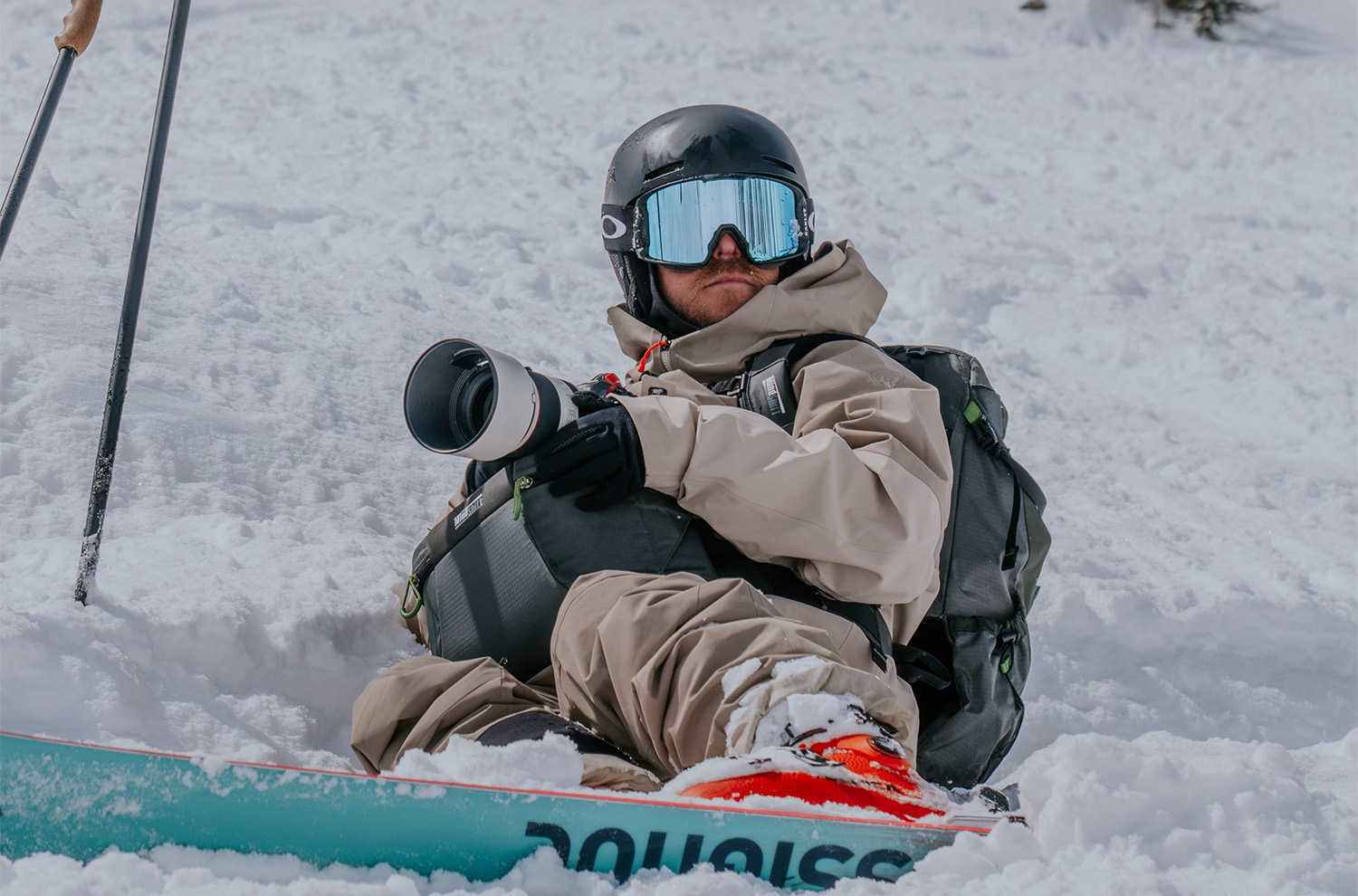
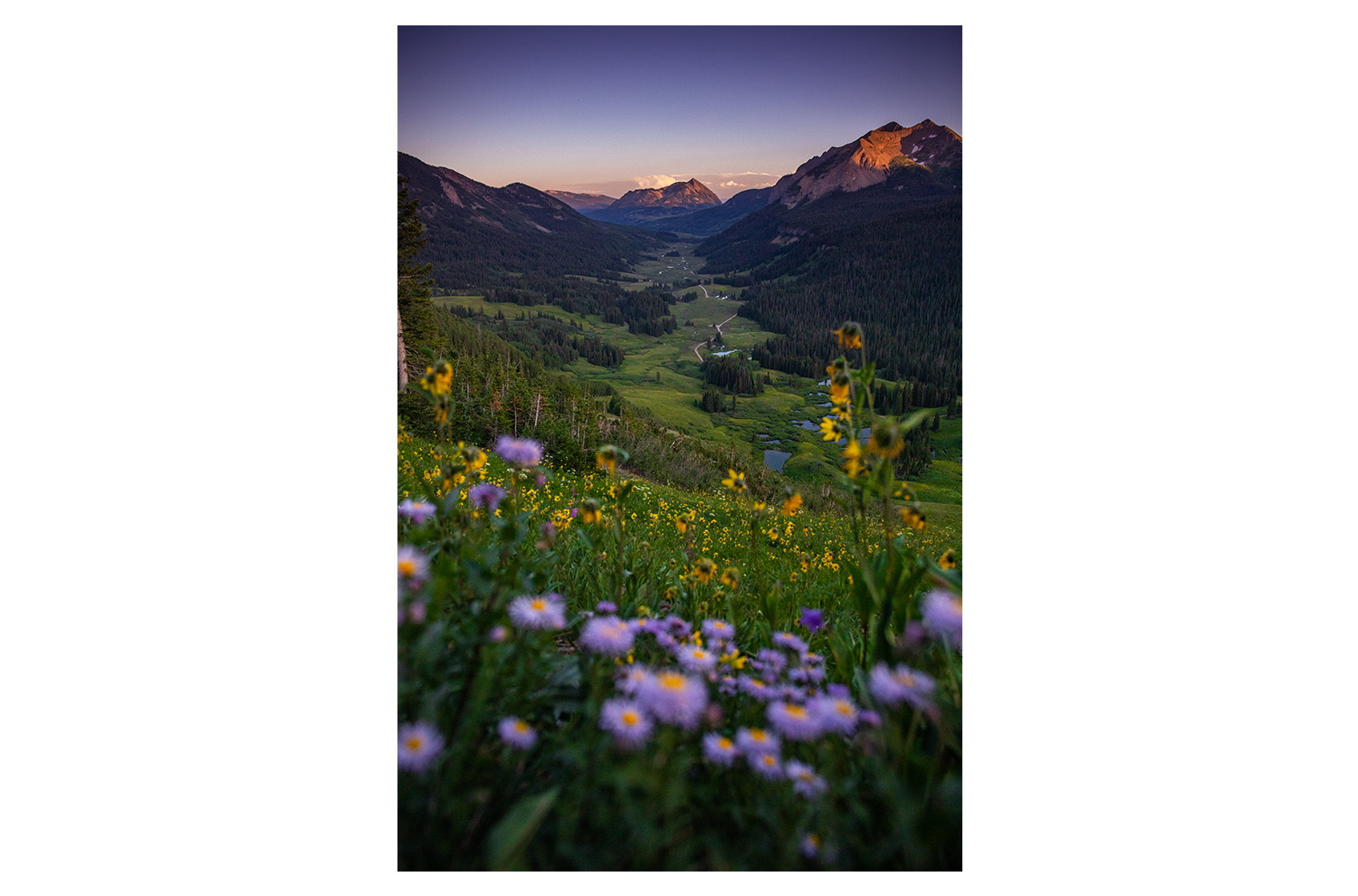
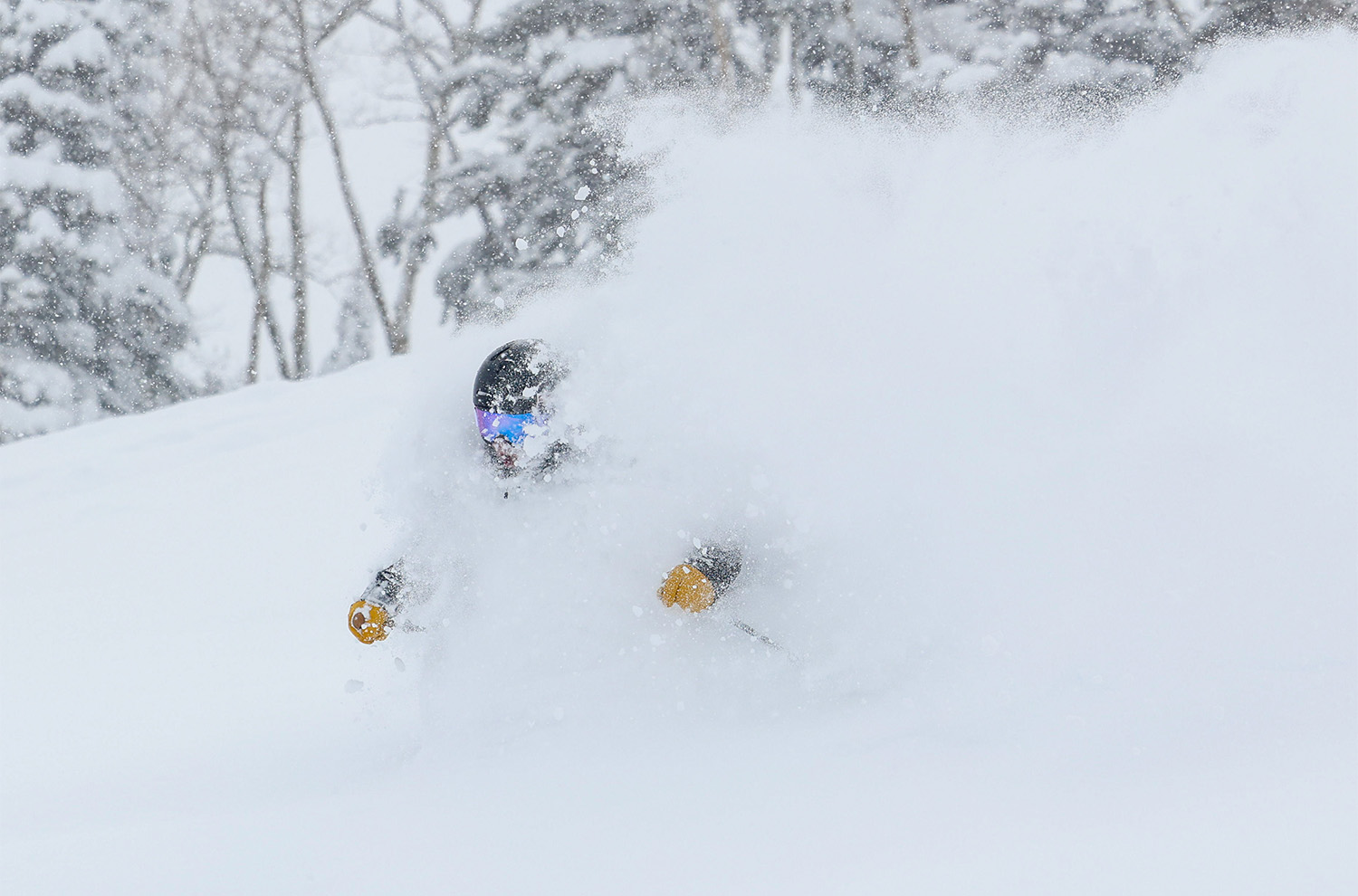
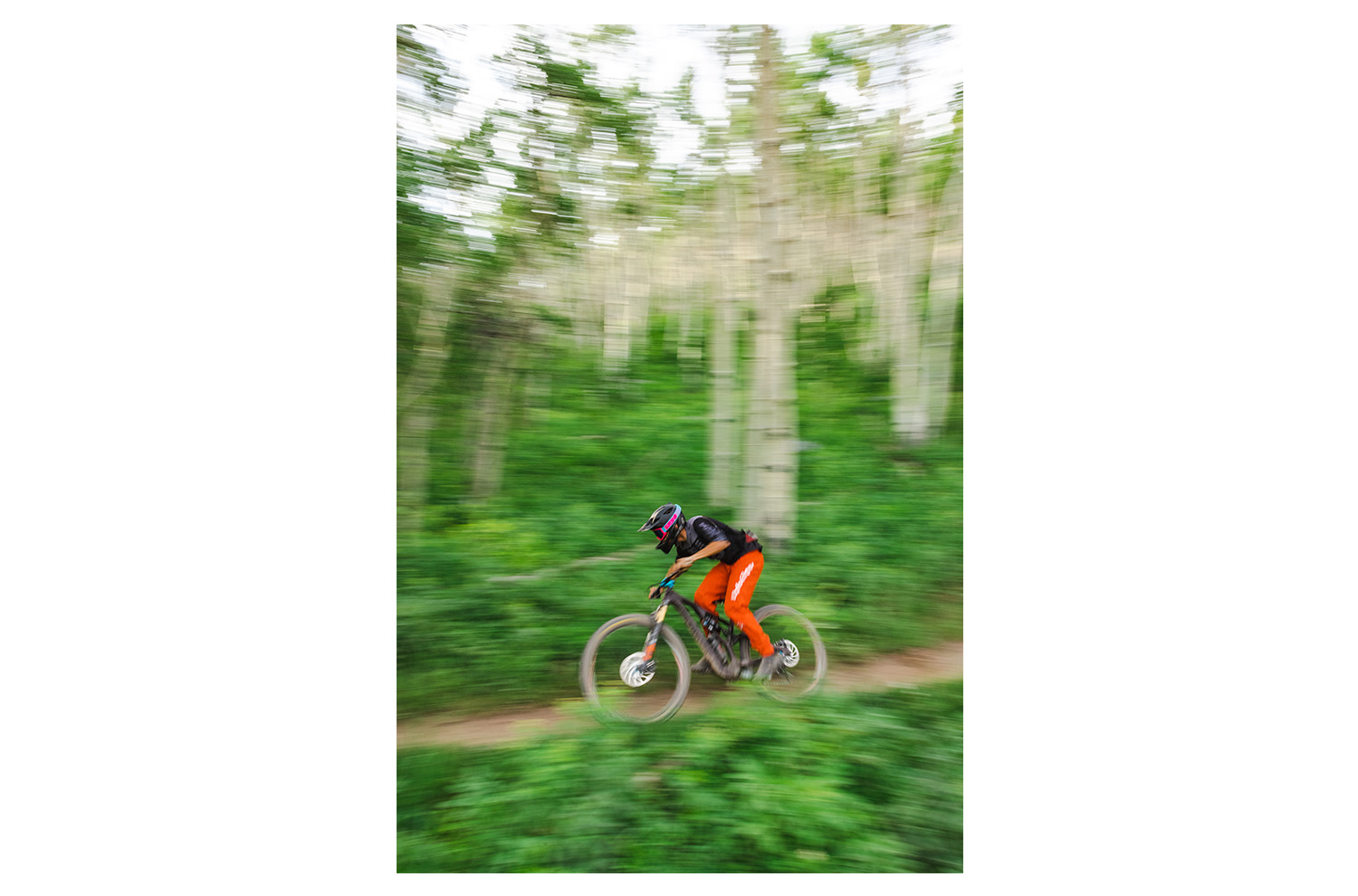

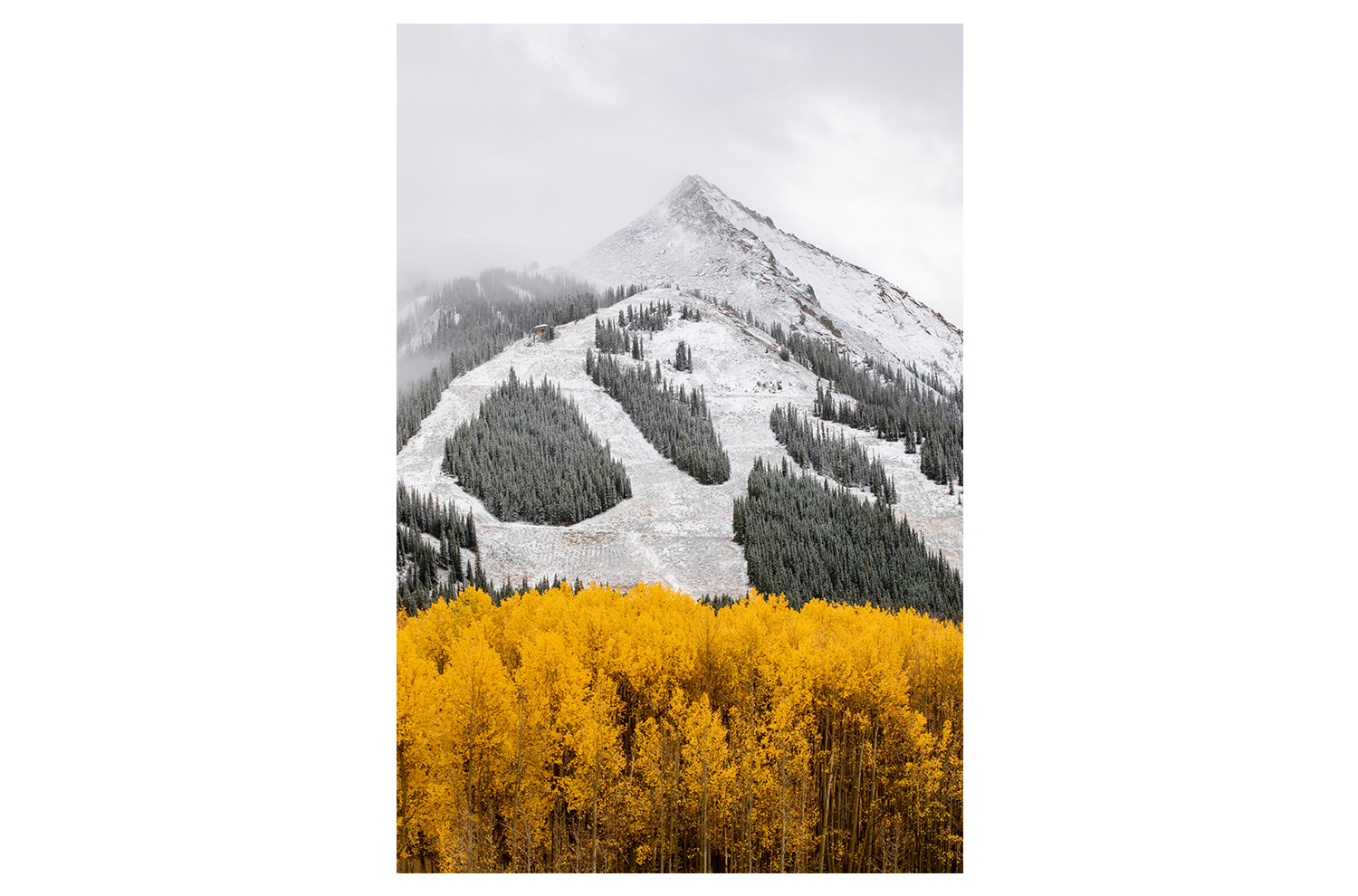
Leave a rating and / or review in the Apple Podcast app or on the Spotify app.
This free, 30-second action on your part lets us know you value all the time & energy that goes into producing & publishing GEAR:30, and it ensures that we can keep the show going.
How to Leave a Rating / Review on Apple Podcasts
- Open the Apple Podcast App
- (if you’re on your phone, simply click this link)
- Go to the icons at the bottom of the screen and choose “search”
- Search for “GEAR:30”
- Click on the SHOW — *not* the specific episode
- Scroll down to “Ratings and Reviews”
- Click on “Tap to Rate” and leave us a 5-Star Rating!
- Below that, you can click Write a Review if you’d like to share a few words
How to Leave a Rating on Spotify
- Currently, you can only rate a podcast in the Spotify mobile app
- (if you’re on your phone, simply click this link)
- Navigate to the GEAR:30 show on Spotify (not to a specific episode)
- Tap the star icon underneath the podcast description and if you like the show, leave a 5-star rating
- On Spotify, you need to listen to at least one episode before you can rate a podcast.
Taylor Ahearn has been photographing skiing, snowboarding, biking, and day-to-day life in the Gunnison / Crested Butte Valley for many years now, and in this conversation, I chat with him about how he turned that into a career; our favorite camera-related gear; tips to help *you* capture better photos next time you’re outside; the most rewarding, frustrating, and unusual parts of getting these shots; and more.
If you’re curious about how people like Taylor create such inspiring photos, or are looking to better capture your own time outside, you’ll definitely want to give this one a listen.
RELATED LINKS:
Our Blister Recommended Shops
Get Yourself Covered: BLISTER+
TOPICS & TIMES:
Taylor’s Photo Background (3:57)
Most Rewarding Aspects? (10:37)
Challenges (16:04)
Photo Myths (22:22)
Shooting Biking vs Skiing (26:02)
Current Setups (30:10)
Camera Accessories (38:43)
Photography Advice (47:20)
Editing & Settings (1:01:08)
Favorite Photos & Photographers (1:11:39)




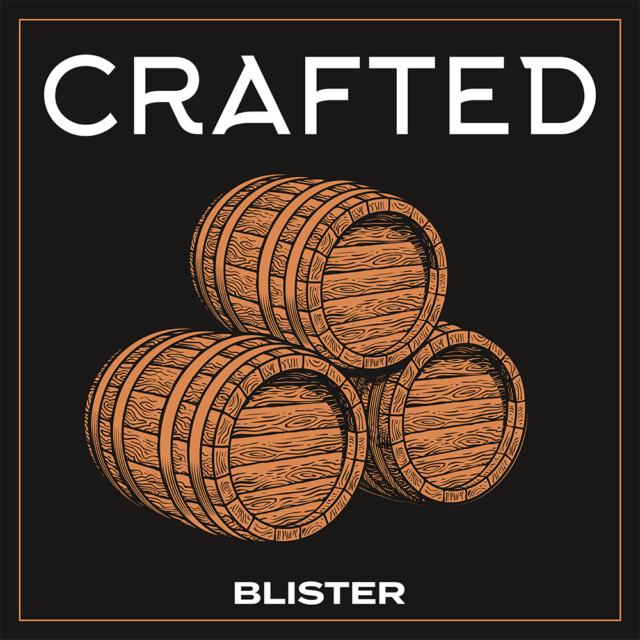
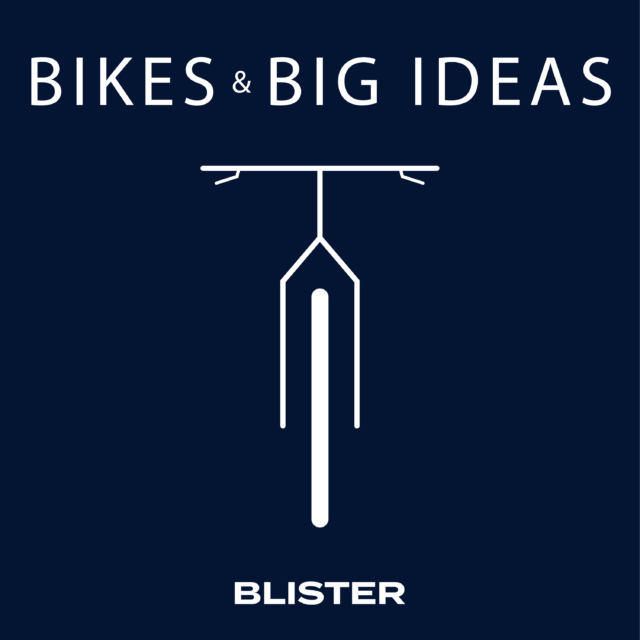
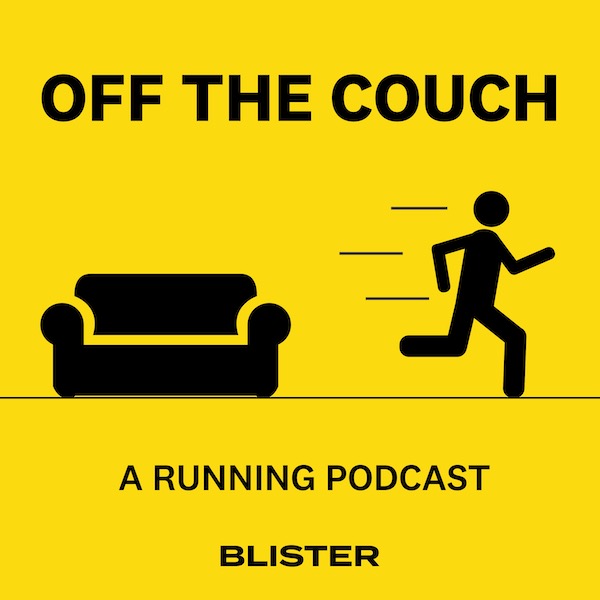

Nice job, guys. Was great to hear you talk photography without all the time pressure of the Summit. Looking forward to next year!
Thanks, Rob — likewise!
This was a neat conversation to listen to; skiing and photography are two of my favorite hobbies and you guys brought the two together—I’m rarely trying to do both at any sort of above-average level at the same time. Luke, the photos you’ve taken have been awesome and it’s definitely something that stuck out to me when I started reading the blister publications.
Just an FYI, if you already find yourself stopping down to f/3.5 to 6 on micro four thirds to get the depth of field you want, you wouldn’t have seen any shadow noise benefits with a full-frame system. Once you start constraining yourself to specific depths of field, shutter speeds, and angles of view, essentially every other variable cancels out such that the shadow performance of all modern camera systems end up neck-in-neck regardless of sensor size or resolution. The main difference is the highlights get clipped sooner the smaller the sensor, but the shadows should be pretty similar. In a way, the wider photographic community has had it backwards; as far as I can see from looking at test shots and reading engineering papers, the larger sensors seem to have the advantage in handling more light, not less.
If you want more light on your sensor but can’t tolerate a decrease in your depth of field, the only option I can think of would be by framing your your shots less tight and more like environmental portraits (it doesn’t matter if you do this by either stepping back or going wider on the focal length, except the perspective will be different). If your subject is smaller in the frame the depth of field increases, so you could then open up your aperture to let in more light and bring the exposure back to where you were.
Huh, that’s very interesting, and thinking back on it, I have noticed that Taylor’s photos tend to have more nuanced highlights than mine, which would makes sense.
In those photos where you saw less nuance in your highlights, did they actually clip in camera? The easiest way to tell would be to use a program like RawDigger (not a free program unfortunately), but you can usually get a pretty good idea if you pull the exposure slider in your editing app all the way down; if you still see texture in your highlights they didn’t clip but if you get flat grey areas they did clip (I didn’t catch it if you said it in the podcast, but this is all assuming you shoot+edit from RAW). Highlight clipping is typically a very abrupt thing, so if your highlights aren’t clipped but you’re still seeing less nuance, I would strongly suspect there’s at least a part of it coming from a difference in your editing.
I’ve been shooting with a GH5 the last few years and as I’ve started to figure out what the camera can and can’t do, I’ve been biasing my images to have fairly large amounts of the frame notably underexposed in order to protect my highlights, but generally as long as I don’t have to pull anything up more than about 2.5 EV, noise isn’t an issue (and that’s before these new AI-based denoisers… which I think are almost as nifty as the generative fill).
I don’t think they fully clip very often (I also often shoot up to -1.5 EV, particularly on snow), but there’s definitely a good chance some of it comes down to editing (I have loads to learn there).
Under-exposing in camera has typically worked well for me during the winter, but I’ve had less luck with bike shots. That said, I think I’ll finally dive into more involved de-noisers this year and see what sort of opportunities they might open up.